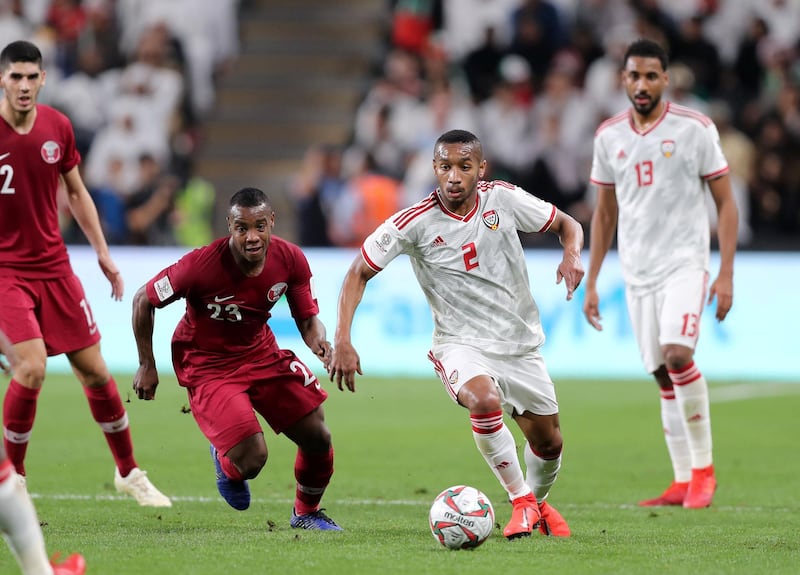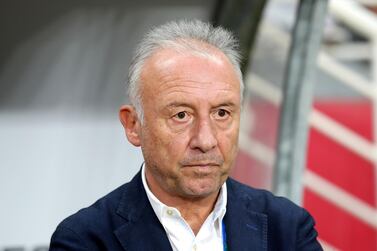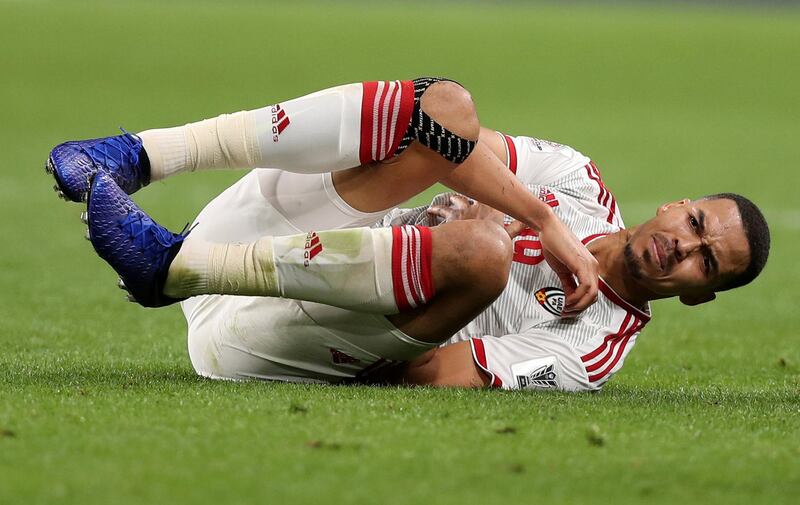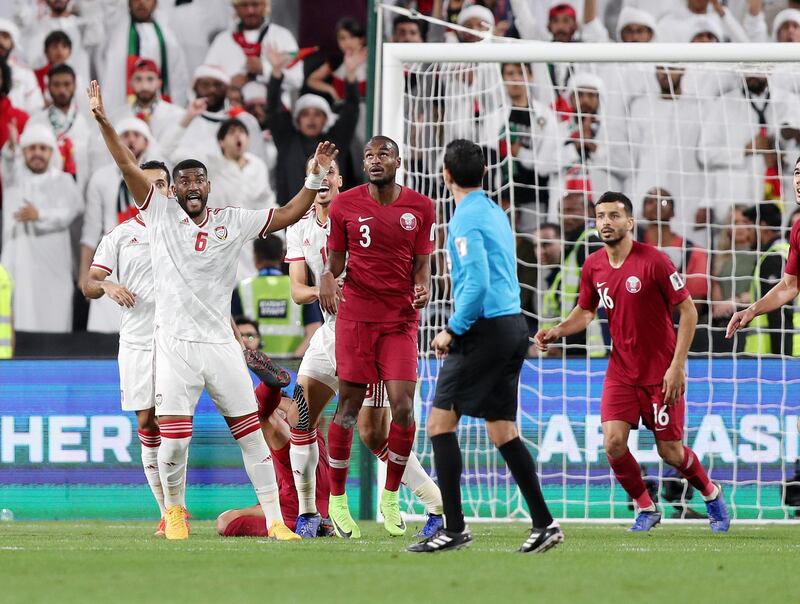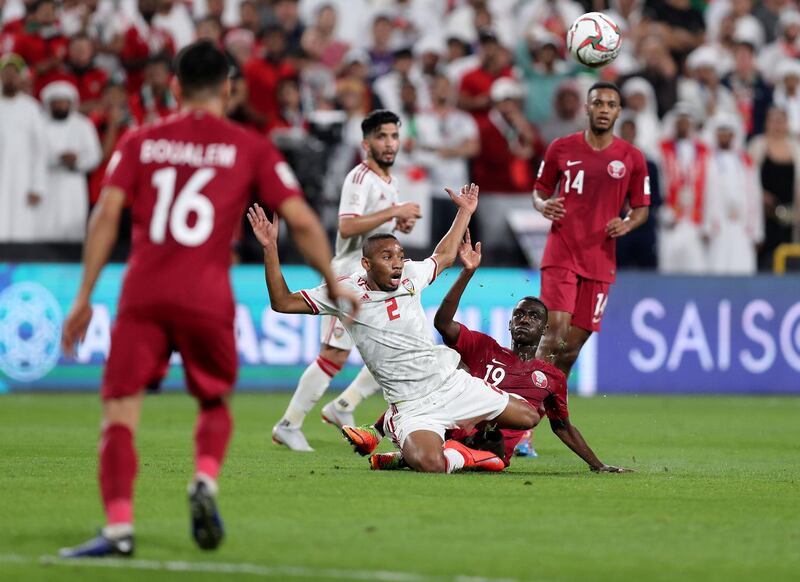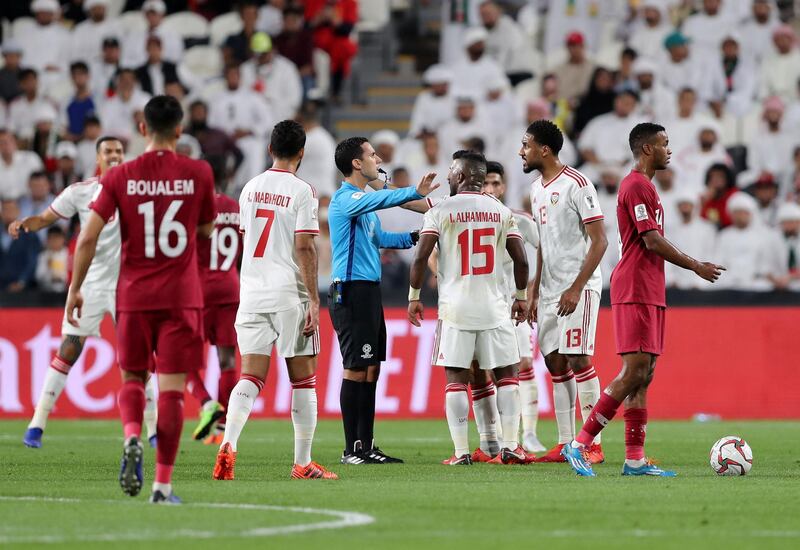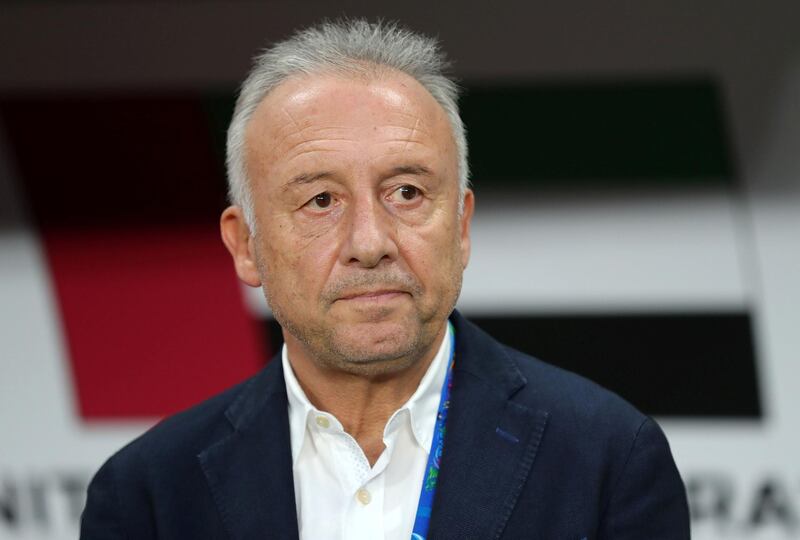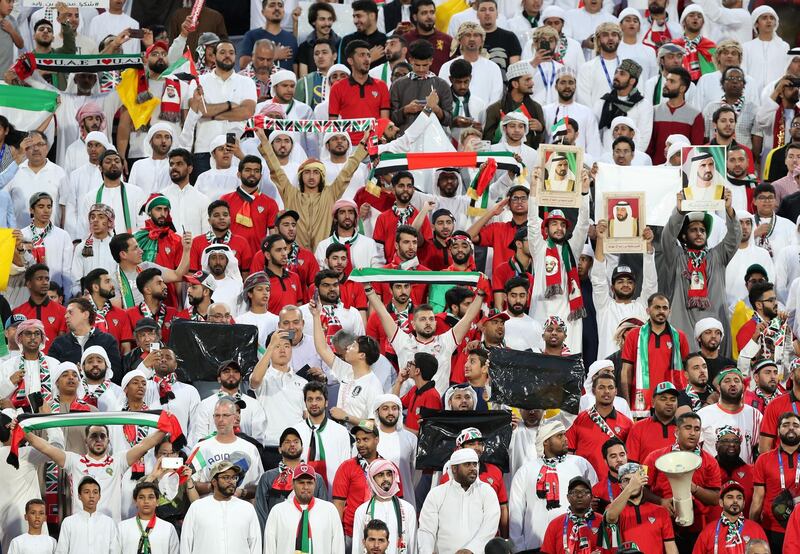And so, with the Asian Cup exit, what next for the UAE?
On Tuesday night, the semi-final defeat in Abu Dhabi to Qatar signalled the end to the national team's hopes of a first continental crown. Almost certainly, it marked the conclusion to Alberto Zaccheroni's tenure too.
Major change is anticipated. In the aftermath of Tuesday’s loss, calls from fans and media focused on the Football Association, requesting that the current board step down.
A meeting next week is expected, once Zaccheroni has delivered his technical report assessing his team at the tournament, after the FA evaluate the Italian's 15-month tenure, which began with a place in the Asian Cup final as its primary objective.
Much will hinge on the federation’s future. No matter what, a new manager of the national team appears certain. Some have suggested a return to a local coach, even another stint for former manager Mahdi Ali. Although, given the failing attempt to qualify for last summer’s Fifa World Cup by the time the Emirati stepped down, that seems unlikely.
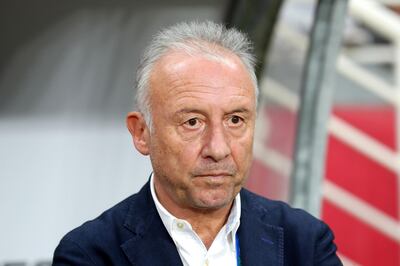
Most importantly, the decision-making process cannot be rushed. Patience is key, careful consideration imperative. It is difficult to gauge the mood when so many questions surround the future of those charged with plotting the path forward, but calm should be exercised.
The UAE’s next significant target is the 2022 World Cup. There is an Arabian Gulf Cup to contend, scheduled for December this year or maybe January the next, but it has yet to be confirmed. Qatar were initially selected to host; Iraq and Oman have been cited as possible alternatives.
The UAE’s World Cup route will be set in July, when the preliminary draw for qualification is made. Their bid for only a second appearance at a global finals commences in September.
It may even be given a considerable boost much earlier, should Fifa announce this spring to bring forward their expansion of the World Cup from 32 teams to 48. Originally set for the 2026 edition, Asia’s allocation would swell from 4.5 - four guaranteed places and one play-off spot - to 8.5.
But, first, the FA need to take stock. A manager for the long-term must be selected, with resources made available to ensure Zaccheroni’s successor can work unimpeded through to 2022. For they will inherit a team in transition.
Ismail Matar, the veteran forward, will most certainly not be back. Two months shy of his 36th birthday, and despite a sturdy Asian Cup showing in patches, it is difficult to see where he would fit among the squad.
Space, though, could be made for a role within the coaching staff, should Matar wish to take the tentative first steps on the other side of the white line. His experience could buttress a new-look UAE set-up. In national-team terms, his stature remains unrivalled.
Ismail Ahmed’s international career looks to be drawing to a close, too. The commanding centre-back, 35, will not want his red card in injury time on Tuesday to supply the footnote to his seven years with the national team. At times during the Asian Cup, Ahmed performed superbly. All the same, this appears an appropriate juncture to remodel the defence.
There were other positives from an ultimately disappointing few weeks. On tournament debut, Ali Salmeen proved a mighty presence in midfield. Likewise, Bandar Al Ahbabi offered plenty of promise on the UAE right. There is hope that, with experience, Khalfan Mubarak will transport his peerless domestic form as Al Jazira’s chief creator to the national team. At 23, he is still finding his feet.
Of course, injuries have played their part. Crucially, Omar Abdulrahman’s return from cruciate ligament surgery will be celebrated, should the 2016 Asian Player of the Year reclaim the form that marks him out as one of the continent’s most naturally gifted playmakers.
Finding a system that extracts the best from the Al Hilal star, while maintaining the team’s balance, represents one of the primary assignments for whoever is entrusted as manager. But, undoubtedly, his presence raises his side to another level.
Also, without Abdulrahman to thread passes, Ali Mabkhout does not thrive as well as he can, despite the striker's four goals this month.
Others with long-term fitness concerns include Ahmed Khalil and Majed Hassan, two of the UAE’s key contributors when free from injury and indecision. Outside of that, a fresh approach should broaden the search for developing talent within the Arabian Gulf League. The youth systems at both Jazira and Al Wahda have already been particularly successful.
Although Tuesday ended in defeat, it opens the possibility of a new beginning. With the next few weeks to shape the national team for years to come, strong leadership is required.
